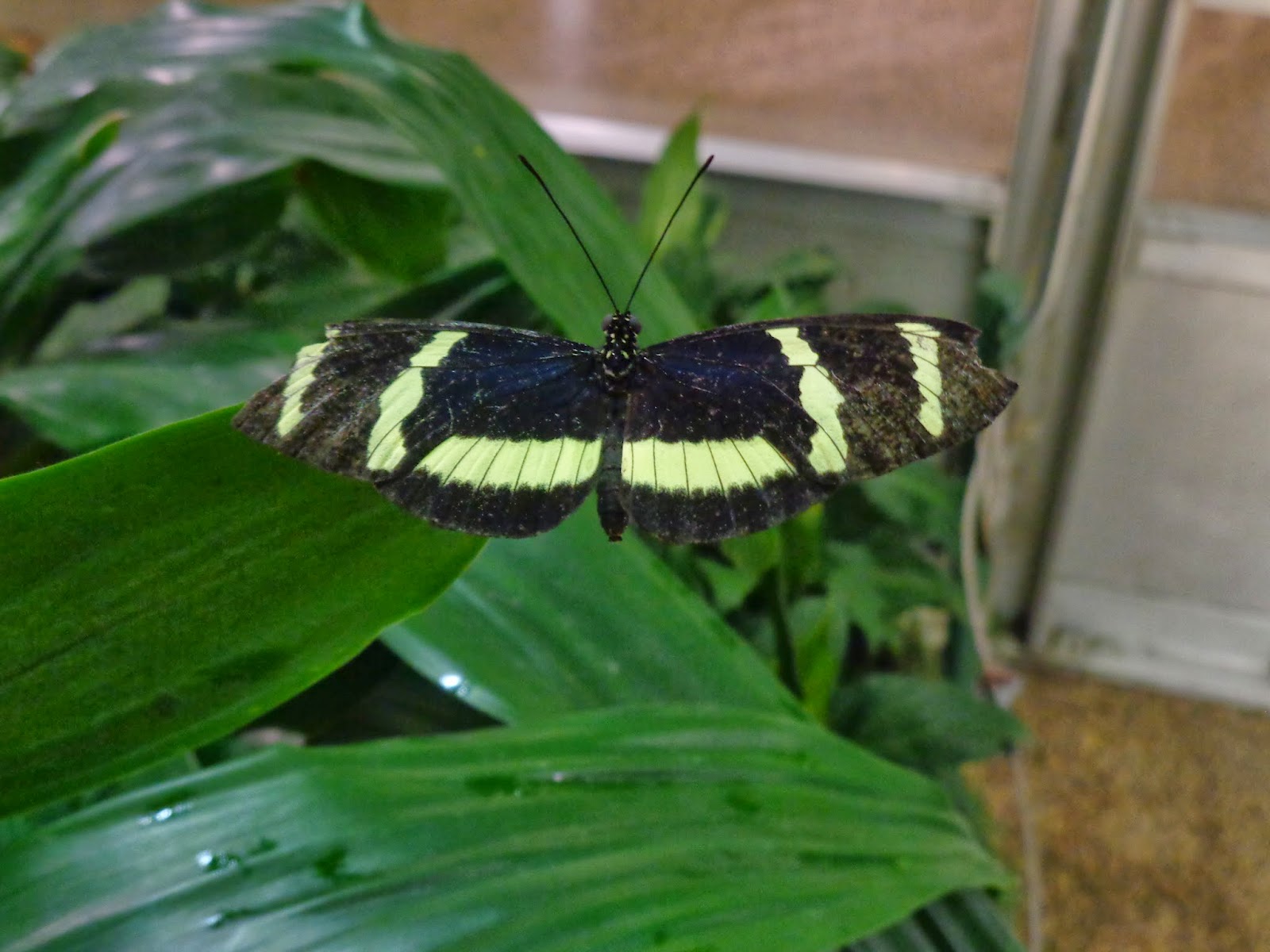Tolype velleda 10-06-16
They outdid themselves this year. I cannot emphasize how amazing they were this year. So many I have never seen before and so many I never thought I would lay eyes on in the city (by a river but still). I'm pooped so I'll make this quick and post more properly later:
Tolype velleda 10-06-16
This lovely was found by my place down by the river smack dab on the sidewalk where I proceeded to camwhore like no tomorrow. I then relocated it to a safer place afterwards. I have never seen them in person before.....ever. And I never expected to......much less in the city. Amazing. I hope to see many many more.
They feel like velvet. I suspect all Lasiocampids do.
Malacosoma americana 06-15-16
First time seeing the adults. And once again smack dab in the city proper. Across the street from my house underneath the closing gate of a local furniture store. I had a ball. Earlier in the season I had found a cocoon of one of these lovelies down by the river by my place. So I have seen the caterpillars (upstate or Massachusetts can't remember) the cocoons and now the adults. ♥
Helicoverpa zea 10-05-16
Cutest. Face. Ever.
Really should just make a separate post for all of this. There's too many. XD
Anticarsia gemmatalis 10-20-16
First ever. Period
Sunira bicolorago 10-20-16
About 2-3 of these I think. Blanking cause I'm tired. XD First for me.
Sunira bicolorago 10-20-16
What. A Cutie. Pie.
Ok.......pooped will write proper post later with more pic spam and details. Have fun and stay safe. Happy New Year!
ɛïɜ
They outdid themselves this year. I cannot emphasize how amazing they were this year. So many I have never seen before and so many I never thought I would lay eyes on in the city (by a river but still). I'm pooped so I'll make this quick and post more properly later:
Tolype velleda 10-06-16
This lovely was found by my place down by the river smack dab on the sidewalk where I proceeded to camwhore like no tomorrow. I then relocated it to a safer place afterwards. I have never seen them in person before.....ever. And I never expected to......much less in the city. Amazing. I hope to see many many more.
They feel like velvet. I suspect all Lasiocampids do.
Malacosoma americana 06-15-16
First time seeing the adults. And once again smack dab in the city proper. Across the street from my house underneath the closing gate of a local furniture store. I had a ball. Earlier in the season I had found a cocoon of one of these lovelies down by the river by my place. So I have seen the caterpillars (upstate or Massachusetts can't remember) the cocoons and now the adults. ♥
Helicoverpa zea 10-05-16
Cutest. Face. Ever.
Really should just make a separate post for all of this. There's too many. XD
Anticarsia gemmatalis 10-20-16
First ever. Period
Sunira bicolorago 10-20-16
About 2-3 of these I think. Blanking cause I'm tired. XD First for me.
Sunira bicolorago 10-20-16
What. A Cutie. Pie.
Ok.......pooped will write proper post later with more pic spam and details. Have fun and stay safe. Happy New Year!
ɛïɜ


































